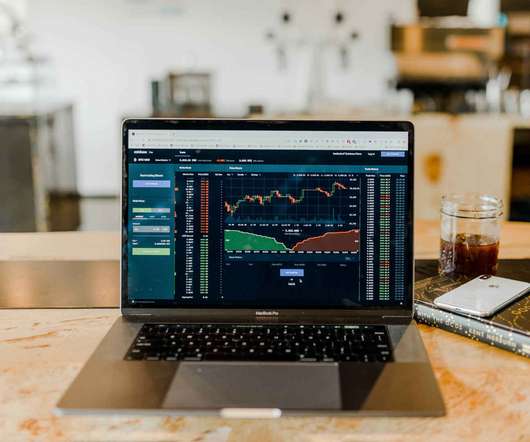Unveiling the Hidden Potentials of Remote Work Productivity
Allwork
MAY 4, 2023
A 2020 Stanford University study revealed that remote workers were 5% more productive than office-bound counterparts. Companies offering remote work options can also save on cost-of-living expenses by hiring talent in more affordable regions, both domestically and internationally. By spring 2022, this figure rose to 9%.












Let's personalize your content